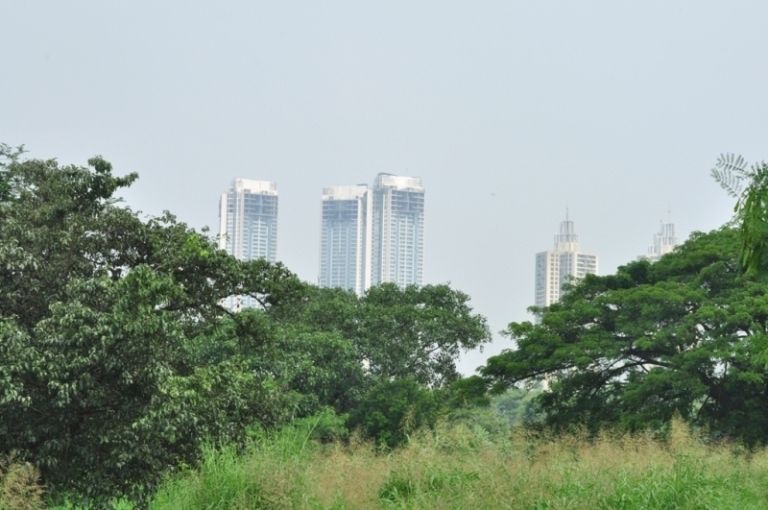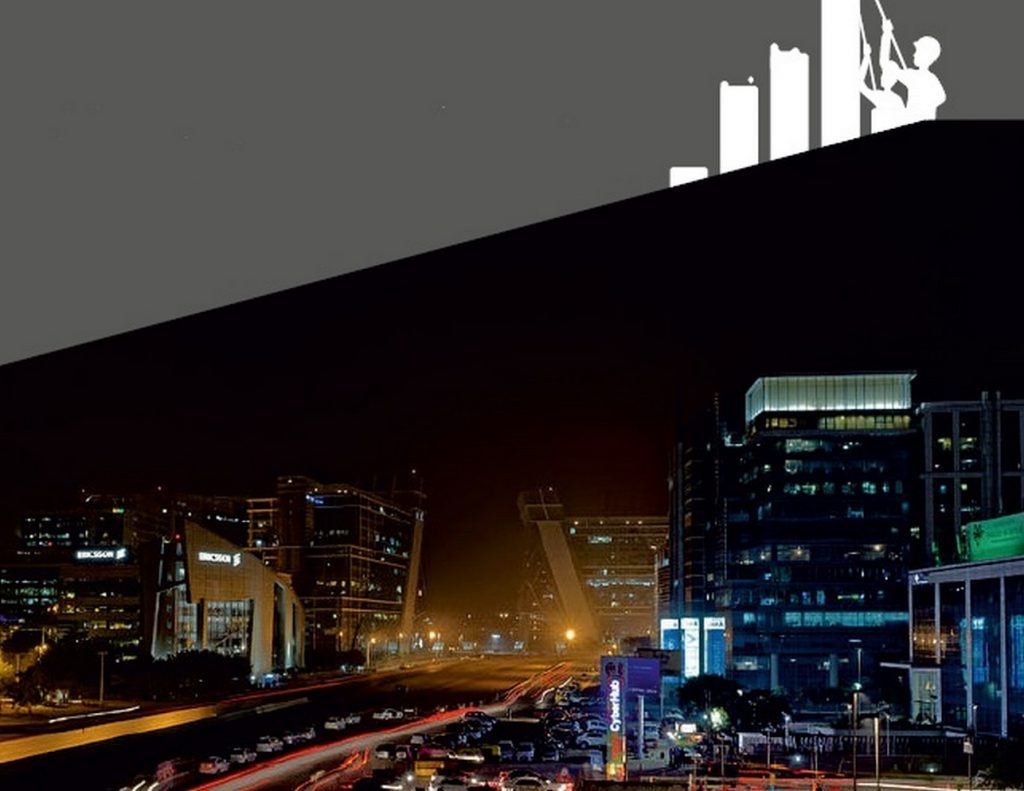
 Prashant Thakur, Head – Research, ANAROCK Property Consultants
Prashant Thakur, Head – Research, ANAROCK Property Consultants
Located in south-eastern peripheries of Pune, Undri was once a small and unremarkable village outside the Pune municipal corporation limits. After opposition from residents regarding merging of Undri into the Pune Municipal Corporation (PMC) in 1997, it was demerged in 2002.
In 2017, Undri came under the purview of the Pune administrative authority – Pune Metropolitan Region Development Authority (PMRDA). Many residents of the region, whose primary occupation was agriculture, sold their land parcels to private real estate players, thus paving the way for rapid growth of residential and commercial developments in Undri.
Surrounded by micro-markets such as Hadapsar, Pisoli, and Handewadi, Undri offers relatively serene surroundings with thick green cover. It has good social infrastructural facilities including educational institutions, healthcare facilities, and entertainment options.
Various IT-ITeS establishments including Magarpatta City in Hadapsar, Eon Free Zone in Kharadi and SP Infocity in Phursungi have created massive residential demand in and around the regions, eventually hiking property prices in these areas.
Undri caught the spill-over demand from these nearby markets with its relatively lower property values.

 Prashant Thakur, Head – Research,
Prashant Thakur, Head – Research, 






